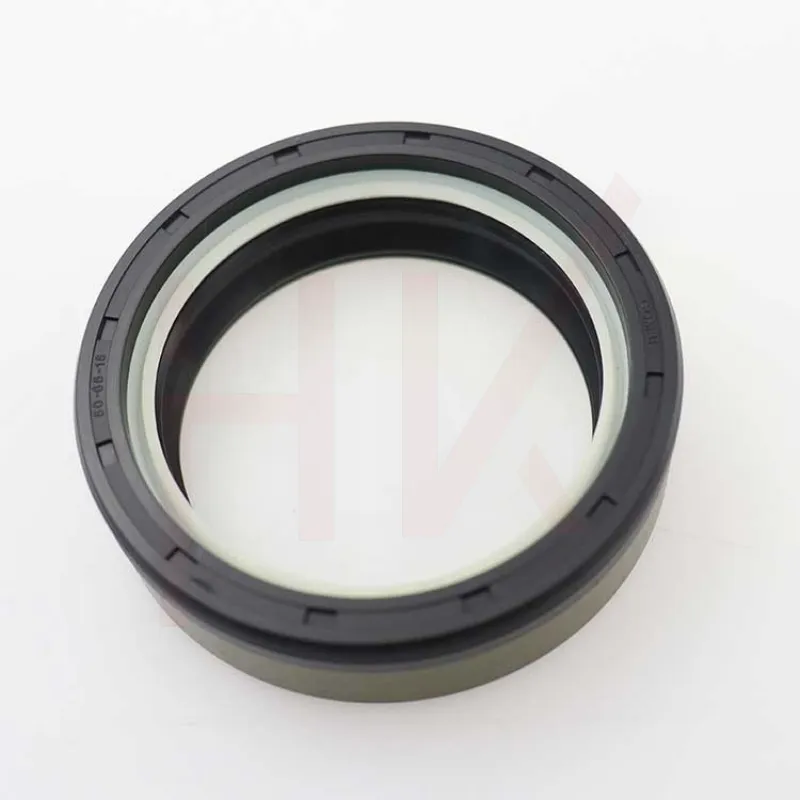Oct . 31, 2024 21:01 Back to list
Excavator Seal Kit for Enhanced Performance and Durability in Heavy Machinery Operations
Understanding Excavator Seal Kits Importance and Maintenance
Excavators are vital pieces of machinery in construction and excavation work, providing the power and reliability needed to handle various tasks. One of the critical components ensuring the performance and longevity of excavators consists of the seal kits. This article explores the significance of excavator seal kits, their components, and maintenance practices to keep them in optimal working condition.
The Function of Excavator Seal Kits
Excavator seal kits are designed to prevent the leakage of hydraulic fluid and protect internal components from dirt and debris. They play a crucial role in maintaining the hydraulic system's integrity, ensuring that the excavator operates efficiently. A well-functioning seal kit not only extends the lifespan of the hydraulic components but also enhances the machine's overall performance.
Seal kits typically include various seals, O-rings, and gaskets tailored to the specific needs of different excavator models. These components work together to create a tight seal, preventing fluids from escaping and contaminants from entering the hydraulic system. Regular inspections and timely replacements of these kits are crucial to avoid breakdowns and costly repairs.
Common Issues with Seal Kits
Over time, seal kits can wear out due to exposure to extreme temperatures, pressure fluctuations, and harmful substances such as hydraulic fluids. Common signs that a seal kit may need replacement include hydraulic fluid leaks, reduced machine performance, or sluggish operation. Addressing these issues promptly is essential, as ignoring them can lead to more significant problems within the hydraulic system and potentially cause severe damage to the excavator.
Maintenance Tips for Excavator Seal Kits
excavator seal kit

1. Regular Inspections Regularly inspect the seals and O-rings for signs of wear, cracks, or swelling. Even minor damage can lead to significant performance issues if left unaddressed.
2. Clean Work Environment Ensure the work area is clean to minimize the introduction of dirt and debris into the hydraulic system. Contaminants can cause seals to deteriorate faster and lead to system failures.
3. Proper Storage If you have spare seal kits, store them in a cool, dry place away from direct sunlight. Extreme temperatures can weaken the materials, making them less effective.
4. Professional Installation When replacing seal kits, consider having them installed by a professional. Proper installation is crucial for ensuring that the new seals function effectively and provide the intended protection.
5. Follow Manufacturer Guidelines Always check the manufacturer’s specifications when selecting and installing seal kits. Different excavator models may have unique requirements that must be met for optimal performance.
Conclusion
Excavator seal kits play an essential role in the maintenance and operation of hydraulic systems within these powerful machines. Understanding their function, recognizing common issues, and adhering to regular maintenance practices can significantly enhance the performance and longevity of excavators. By investing time and resources in proper seal kit management, operators can ensure their machines remain reliable and efficient for years to come.
-
TCN Oil Seal Metal Ring Reinforcement for Heavy Machinery
NewsJul.25,2025
-
Rotary Lip Seal Spring-Loaded Design for High-Speed Applications
NewsJul.25,2025
-
Hydraulic Cylinder Seals Polyurethane Material for High-Impact Jobs
NewsJul.25,2025
-
High Pressure Oil Seal Polyurethane Coating Wear Resistance
NewsJul.25,2025
-
Dust Proof Seal Double Lip Design for Construction Equipment
NewsJul.25,2025
-
Hub Seal Polyurethane Wear Resistance in Agricultural Vehicles
NewsJul.25,2025
-
The Trans-formative Journey of Wheel Hub Oil Seals
NewsJun.06,2025
Products categories
















